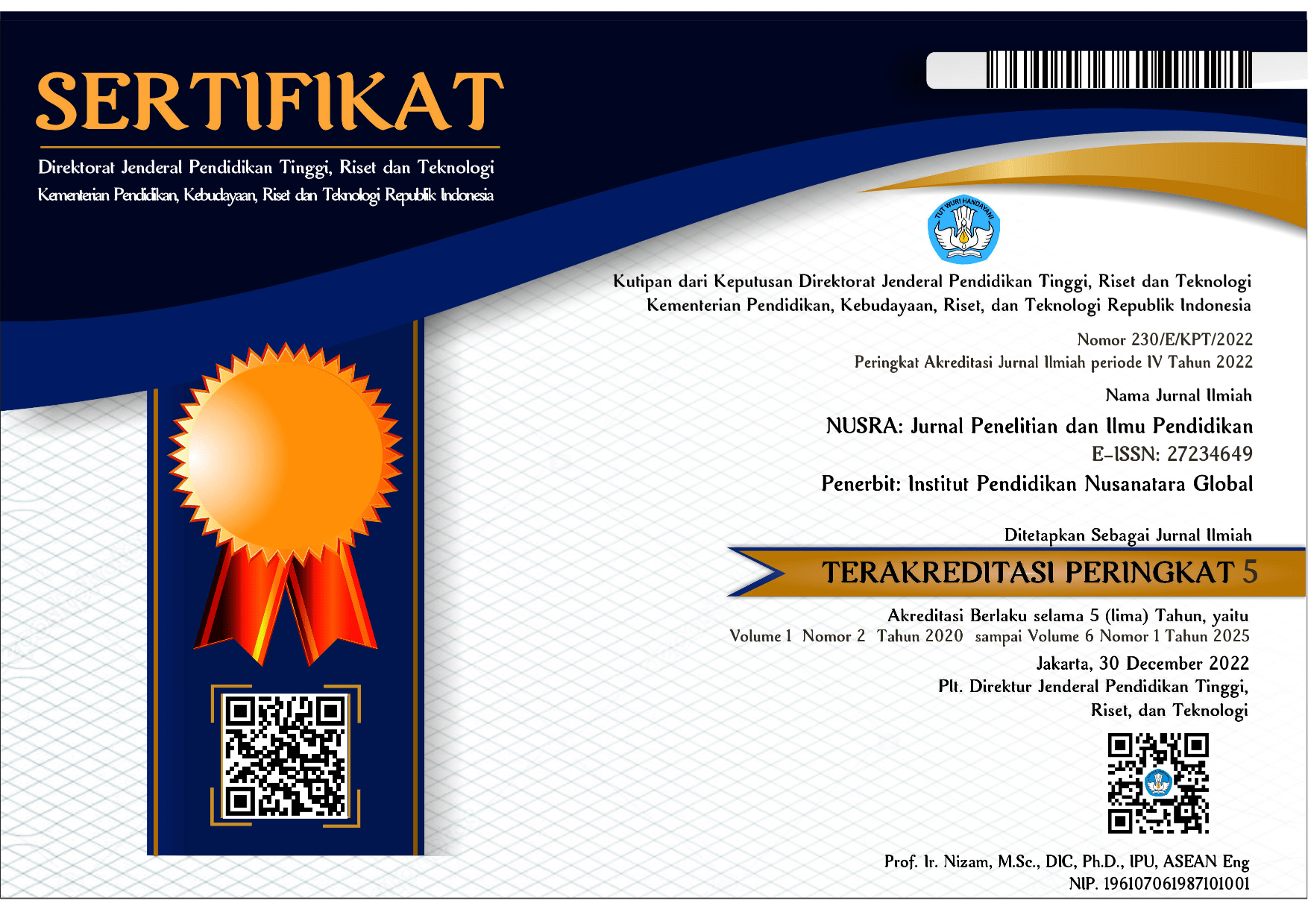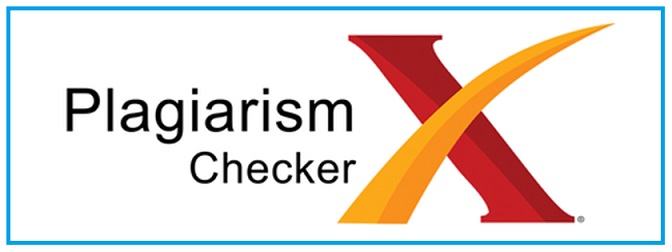Fostering Students’ Reading Comprehension Through Partner Reading Strategy
DOI:
https://doi.org/10.55681/nusra.v5i1.2266Keywords:
Fostering, Reading Comprehension, Partner Reading StrategyAbstract
This study focused in implementing Partner Reading Strategy in improving students’ reading comprehension. The genre of text was limited to the descriptive text that becoming one of curriculum target for English language skills competence for grade 8th of SMPN 4 Taliwang, West Sumbawa Regency. By generating Classroom Action Based Research, 27 students were becoming sample toward this research. According to data analysis, this research found that the implementation of Partner Reading Strategy was claimed to improve student’s reading comprehension. This research was led to the Achievement Indicator by looking at the last cycle (Cycle II) achievement score as 76,86 and its categorization as Good. The implementation of Partner Reading Strategy also contributed to positive contribution into TL process as in; developed self-confident, activated in communication by sharing ideas each other, highly responded in taking feedback, developed social interaction between students and friends, and also teachers and their students. Therefore, the class situation became more fun and enjoyable for students and teacher. By meant that, the condition indirectly supported educational superiority and fostered student’s learning outcomes.
Downloads
References
Abbas Pourhosein Gilakjani, A. P. & Sabouri, N. B. (2016). Learner`s Listening Comprehension Difficulties in the English Language, Canadian Center of Science and Education, 9(6), 123-133.
Anisa, Nur Fitri & Endahati, Nafisah. (2022). The Effectiveness of Partner Reading Strategy to Improve Student’s Reading Comperehnsion for Junior High School Student. Journal of English Education (JEdu), Vol.2 (2), 160-167. http://doi.org/10.30998/jedu.v2126904.
Ekowijayanto, M. (2022). Partner Reading Strategy to Improve Students' Reading Comprehension, International Journal of English Education & Linguistics. Vol. 4 (2), 22-30, https://doi.org/10.33650/ijoeel.v4i1.4002.
Kelly S. (2010). Qualitative interviewing techniques and styles. In: Bourgeault I, Dingwall R, de Vries R. (eds) The Sage Handbook of Qualitative Methods in Health Research, Thousand Oaks: Sage Publications.
Jennings, Caldwell, & Lerner. (2014). Retelling Story. USA: Cambridge U P.
Kemmis, S. & Mc. Taggart, R. (1988). The Action Research Planner. Victoria: Deakin University Press.
Khairuddin, Zurina. (2013). A Study of Students' Reading Interests in a Second Language. International Education Studies, Vol.6, No.11, 160-170, 10.5539/ies.v6n11p160.
Melanie R. Kuhn, Paula J. Schwanenflugel. (2008). Fluency in the Classroom. New York: The Guilford Press.
Palinkas LA, Horwitz SM, Green CA, et al. (2015). Purposeful Sampling for Qualitative Data Collection and Analysis in Mixed Method Implementation Research. Administration and Policy in Mental Health and Mental Health Services Research 42(5): 533–544.
Robinson OC. (2014). Sampling In Interview-Based Qualitative Research: A Theoretical and Practical Guide. Qualitative Research in Psychology 11(1): 25–41.
Smith, Reid et.al. (2021). The Role of Background Knowledge in Reading Comprehension: A Critical Review. Reading Psychology: An International Journal. Vol.42 Issue 3, 214-240. https://doi.org/10.1080/02702711.2021.1888348.
Sumarsono, et.al. (2020). Partner Reading; Pumping Up The Students’ Reading Comprehension? JOLLT: Journal of Language and Language Teaching, Vol.8 (3), 297-306. http://doi.org/10.33394/jolt.v%vi%i.2596.
Zulmaidah, D. A., Ash, M. A., & Mesalina, J. (2020). The Effect of Partner Reading Strategy on Students' Reading Comprehension at SMAN Tuah Kemuning
Downloads
Published
How to Cite
Issue
Section
License
Copyright (c) 2024 Erlin Pebriantika

This work is licensed under a Creative Commons Attribution-ShareAlike 4.0 International License.














